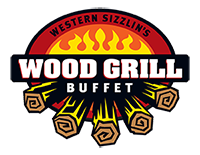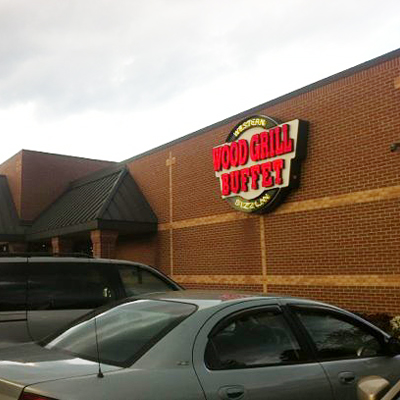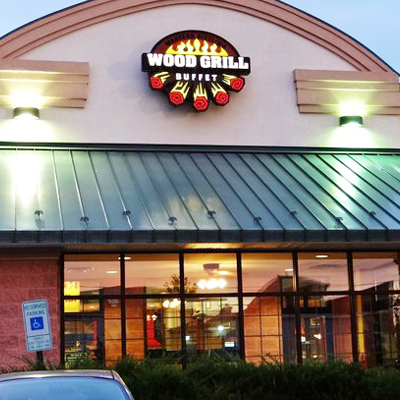Buffets are a hallmark of the hospitality industry, offering variety and abundance to diners. However, managing the supply chain for a buffet can be challenging, especially with fluctuating demand influenced by seasons, holidays, and customer preferences. Just as businesses rely on monitor options for computers to optimize workflows and ensure efficiency, strategic planning and innovative solutions are essential to balance satisfying customer expectations while minimizing waste.
The Challenge of Demand Variability
Buffets face unique supply chain challenges due to their all-you-can-eat model and the need for diverse menu options. Demand can vary significantly, with surges during peak meal times, weekends, and holidays, and lulls on off-peak days. Misjudging demand leads to two major problems:
- Overstocking, resulting in food waste and increased costs.
- Understocking, leading to customer dissatisfaction due to limited choices or empty stations.
Unpredictable factors, such as weather or local events, further complicate forecasting efforts.
Effective Supply Chain Solutions for Buffets
- Data-Driven Forecasting
Buffets can leverage historical data and predictive analytics to better anticipate demand fluctuations. For example, analyzing trends during holidays or large local events can help fine-tune supply orders. Advanced tools using AI can consider factors like weather forecasts and reservation patterns to improve accuracy. - Dynamic Menu Planning
Introducing a flexible menu allows buffets to adjust offerings based on expected demand. For instance, seasonal dishes or locally sourced items can replace costly or hard-to-procure ingredients during quieter periods. This approach not only reduces waste but also keeps menus fresh and appealing. - Just-in-Time (JIT) Inventory Management
Implementing JIT principles ensures that food is delivered and prepared close to when it is needed, minimizing spoilage. Partnering with local suppliers who can provide frequent, smaller deliveries is particularly effective for perishable items like produce and seafood. - Portion Control and Live Cooking Stations
Live cooking stations, where chefs prepare dishes on-demand, allow better portion control compared to pre-prepared items. This reduces overproduction and ensures fresher servings, enhancing customer satisfaction. - Technology Integration
Smart inventory management systems using IoT sensors can track stock levels and consumption patterns in real time. Automated alerts help staff replenish high-demand items promptly, ensuring consistent availability without overstocking. - Sustainability Practices
Collaborating with food banks or composting surplus food supports sustainability while reducing waste disposal costs. Offering smaller serving sizes or encouraging diners to take only what they can eat can also align with environmental goals.
Conclusion
Effectively managing demand variability in buffets requires a combination of data-driven strategies, adaptive planning, and sustainable practices. By optimizing their supply chains, buffet operators can enhance customer satisfaction, reduce waste, and boost profitability—making every service a win for both the business and its diners.



